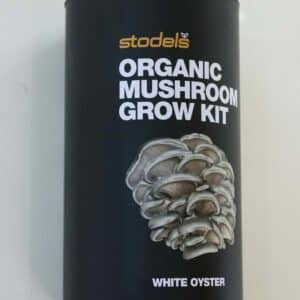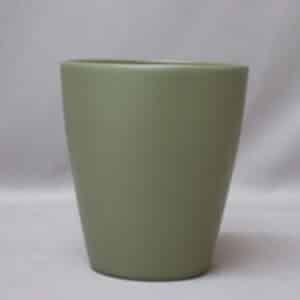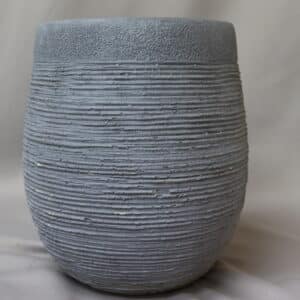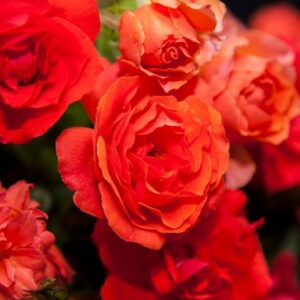Fertilising indoor plants
Indoor plant tips
Many people overlook the importance of fertilising indoor plants. That’s unfortunate because feeding is essential to keeping healthy, beautiful plants. Unlike an outdoor garden, where nature provides rain and plants can send new roots searching for food, the nutrients available to a houseplant are strictly limited by the amount of dirt in the pot and whatever else you give it.
Think of fertiliser as the second half of your potting soil. When your potting soil is fresh, your plants won’t need much, if any, fertiliser. This is especially true of modern, fortified potting soils, which often have fertiliser and other enhancements mixed in. But after about two months, the plant will have consumed the nutrients in the soil, so you’ll have to fertilise if you want continued, healthy growth.
As a word of warning, always follow the label instructions on your fertiliser. Too much fertiliser can kill a plant or scorch its leaves, and there are environmental concerns to fertiliser overuse as these nutrient-rich solutions find their way into groundwater supplies.
Different types of fertiliser
Fertilisers come in several different varieties: liquid, sticks and tablets, and granular and slow-release forms. Of these, the two best suited for indoor use are liquid and slow-release fertilisers. Sticks and pills seem convenient, but they don’t distribute nutrients very well through soil and, once you’ve shoved a fertiliser stick into your pot, you have no control over its release. Granular fertilisers are really designed for outdoor use.
- Liquid fertiliser. Liquid fertilisers are added to your watering can. Depending on label instructions, you might fertilise every time you water, or every other time. There are literally dozens of liquid fertilisers on the market. The advantage to liquid fertiliser is a steady supply of nutrients that you control. It’s easy to suspend feeding when the plant is dormant during the winter months. The disadvantage is remembering to do it every time.
- Slow-release fertilisers. These products have quickly become favorites for many gardeners and professional growers, both indoor and out. Slow-release fertilisers, like Dynamite and Osmocote, are coated in time-release shells that slowly leech nutrients into the soil. A single application of Dynamite can feed your plants for up to nine months, while Osmocote lasts about four months. Their main drawback is their higher price, but because they last so long, it evens out in the end.
Buying fertiliser
All general-purpose fertilisers contain the basic macronutrients that plants need to grow, including nitrogen, phosphorous and potash. Each macronutrient has a special function:
- Nitrogen encourages healthy foliage growth,
- Phosphorous encourages root growth,
- Potassium encourages bigger, healthier blooms.
Specialty fertilisers, such as African violet fertilisers, contain optimised proportions of these nutrients for particular kinds of plants. In addition to these macronutrients, better quality fertilisers also contain micronutrients such as boron, magnesium and manganese that will encourage healthier growth.
You might also like
Shop online
-
BENSON BELLY GREY POT MEDIUM
- R499.99
-
NELSON MANDELA ROSE 19cm
- R129.99




